pre tags removed by HansV because they caused horrible horizontal scrolling
Hello people,
I have hard times using the continuation character “_” and I can’t find any real reference to it in the help files nor the knowledge base.
My code looks like this:
lblReturnAddress.Caption = “Return to: ” & nz(dLookup(“[FirstName] & ‘ ‘ & [LastName] & ‘, ‘ & [Address] ” & _
” & ‘, ‘ & [ZIP] & ‘ ‘ & [City] & ‘, ‘ & [Country]”, “tblPersonnel”, “PID=” & dLookup(“PID”, “joinPersonnelPosition”, “Year=” & Forms!frmYear!cboreg)), “”)
The first contination character works, but now I want one AFTER “PID=”. I tried …”PID=” & _ , …”PID=” ” & _ – nothing seems to work. I guess it has to do with the quotes around PID, but I just dont get it why I cant use the contination character anywhere. Please lighten me up on this one.
Thanks
Dennis


